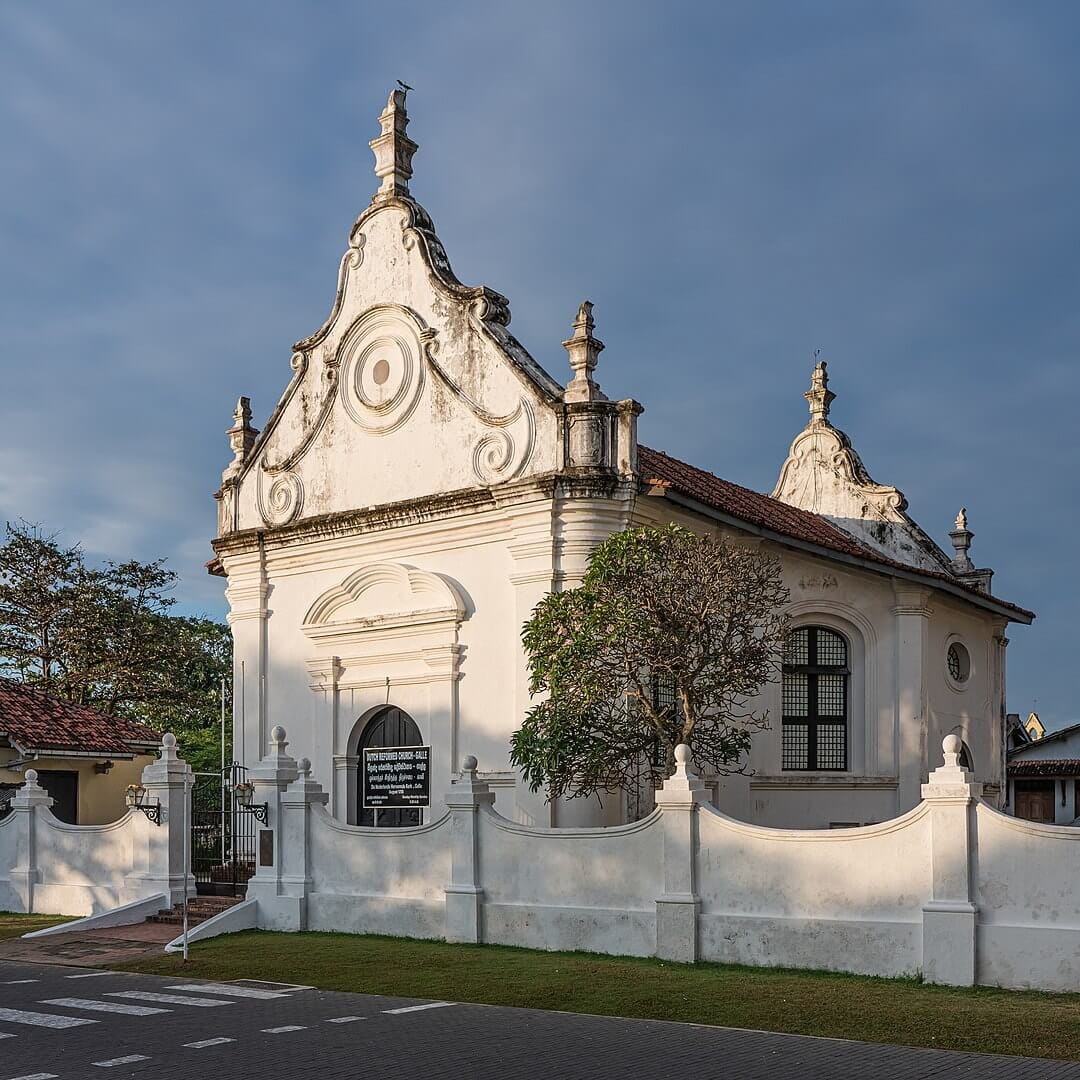St Paul’s Church, Kandy
Located in the heart of the cultural capital of Sri Lanka, St Paul’s Church in Kandy is a hidden gem…
View Details
The Dutch Reformed Church in Sri Lanka, a splendid architectural gem located within the historic Galle Fort, is more than just a place of worship; it’s a living testament to the island’s colonial past. This exquisite church, dating back to the 17th century, blends Dutch architectural elegance with the vibrant culture of Sri Lanka. In this guide, we will take you on a journey to explore the captivating Dutch Reformed Church, uncover its historical and cultural significance, and provide practical tips for making the most of your visit to this charming colonial relic.
The Dutch Reformed Church, also known as Grote Kerk, is an embodiment of the Dutch colonial heritage in Sri Lanka. Built by the Dutch East India Company in 1640, the church stands as one of the oldest Protestant churches in Asia. Its architecture is a beautiful representation of the Dutch colonial style, with its distinct features, including the gable, floor tiles, and tombstones, evoking a sense of the past.
The interior of the church is equally captivating, with its finely crafted wooden pulpit and furniture, as well as magnificent brass chandeliers. The church has undergone several renovations and reconstructions over the years, all aimed at preserving its historical and architectural significance.
The Dutch Reformed Church is more than just a historical structure; it’s a place where history, culture, and religion converge. Over the centuries, this place of worship has been a symbol of coexistence, where the Dutch Burghers, a Eurasian community of mixed Dutch and Sri Lankan descent, have held services and maintained their traditions.
The church continues to host Sunday services and plays a pivotal role in the lives of the Dutch Burghers in Galle. It is not only a spiritual sanctuary but also a cultural center where the rich heritage of the Dutch Burghers is celebrated and shared.
The Dutch Reformed Church’s architecture is a harmonious blend of Dutch colonial and South Asian styles. The church features a striking gable, a prominent element of Dutch architecture, which is adorned with intricate carvings and sculptures. The Dutch were known for their precision in design, and this is evident in the details of the church’s façade.
The floor tiles, another remarkable feature, are said to be made from gravestones taken from the Portuguese-era cemetery. These tiles, with their unique inscriptions, lend an air of historical significance to the church’s interior.
Before you set out to visit the Dutch Reformed Church, consider these practical details:
The Dutch Reformed Church in Sri Lanka is not just a historical relic but a living, breathing testament to the island’s colonial past and the enduring traditions of the Dutch Burghers. As you step into this architectural masterpiece, you’ll sense the echoes of history, the cultural richness, and the spiritual significance that this place represents. Whether you’re drawn to its architectural splendor, its role in the Dutch Burgher community, or its spiritual significance, the Dutch Reformed Church promises an enriching and memorable experience. It’s a place where the past and the present seamlessly coexist, offering a unique window into the history and culture of Sri Lanka.